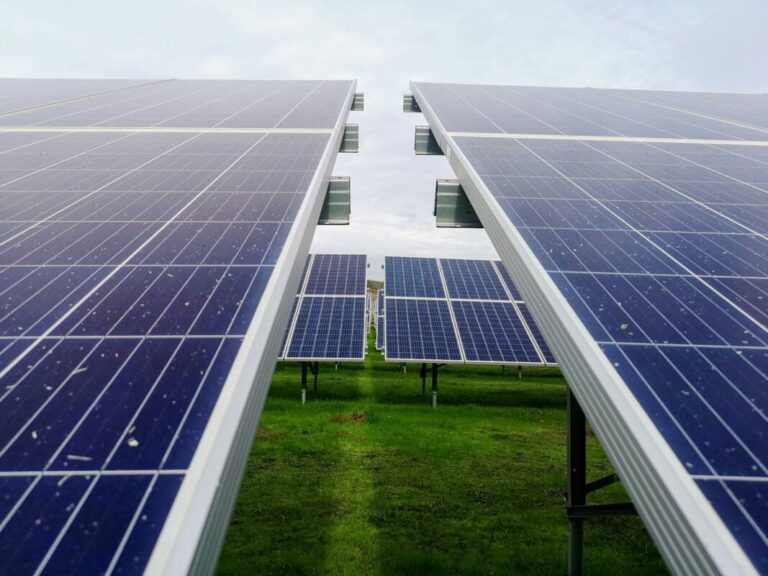Solar Industry Group Solar Energy UK has written an open letter to energy secretary Ed Miliband, warning that delaying the pace of solar investments after 2030 can be disastrous for the investment landscape of the UK.
The letter signed by Solar Energy UK’s Chief Executive Chris Hewett and supported by members such as Low Carbon, EDF Renewables, Boom Power and Innova Renewables, notes that the Clean Power 2030 Action Plan (CPAP) of the government will stimulate investments in the ground In the ground on the basis of land development and virtually blocking investments in battery energy storage systems (BESS) after 2030.
Solar Energy UK estimates that the UK currently has about 20.2 GW of solar capacity online, and an appendix to the CPAP predicts that the capacity of Great Britain will rise to 47 GW, plus another 9-10 GW of systems below 5 MW, usually made from roof installations. It is expected that the deployment will then delay, with an additional 22.24 GW of solar installations predicted in 2035.
By 2030, it is expected that approximately 27.1 GW of Bess capacity will be online, an increase of around 5GW today. However, it is predicted that only an additional 1.6 GW will be installed between 2030 and 2035, something that Solar Energy UK suggests is a risk for investments in the developer and could threaten to £ 26 billion in investments after 2030.
The signatories of the letter urge the government officials to increase the 2035 cap for solar energy connected to the transmission network of the current level of 17 GW and at the same time increase the cap for battery connections. The letter states that “not doing this will lead to poor results for industry, government goals and for consumers by higher CFD prices and higher energy bills”, adding: “We would also ask if there are mechanisms for the government to the To do the government, Neso holds responsible to prevent these contradictions from repeating themselves in the future. “
Although the 2035 goals are expected to be replaced by new thresholds set by the coming strategic spatial energy plan, which will be released at the end of 2026, Solar Energy UK states that this will not leave enough time to agree and built between now and 2035 .
The letter added: “We believe that many of these projects will be needed to take into account project output, to ensure competition in contracts for different auctions, and in the event that other technologies appear to be delivered more slowly or more expensive; We do not believe that these factors are explained in the advice of the Neso or the CPAP of the government. “


